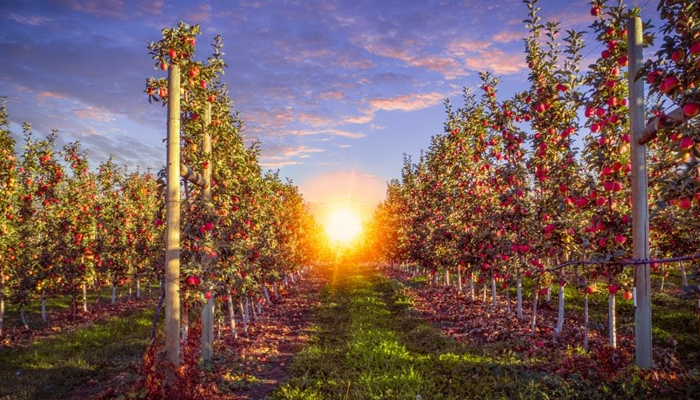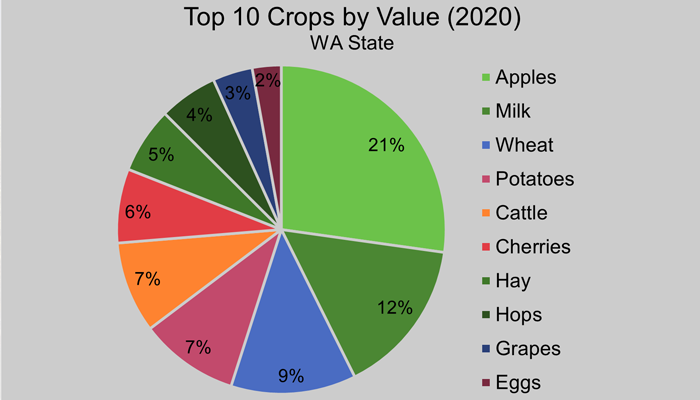Over seven years ago, I started at 2nd Sight. At that time, we had some new ideas and an office building that needed a little elbow grease. Born and raised just north of Seattle, I knew very little about agriculture in Washington State. Well, I knew that we grow apples. I had a lot to learn about the specialty crop industry. As I begin my next career endeavor in a new industry, I wanted to take this opportunity in my last blog post to summarize a few thoughts about working in Ag.
Farmers Have a Lot of Rules to Follow
Regulations are important; however, there are a lot of things a farmer must think about to stay compliant. From pesticide/fertilizer applications, food safety tracking, and labor, it can be difficult for growers to follow all the rules, even with good intentions to do so. Since I started in the industry, Washington State has even seen changes to how existing labor laws are interpreted in agriculture (rest breaks and overtime, for example). A moving target is hard to hit! There can also be a disconnect between the folks making the rules and reality in the fields and orchards that can be frustrating for many growers.
Farmers Face Many Challenges
Speaking of frustrations…. The Ag industry continues to face challenges including labor shortages, increased regulations, rising input costs, international trade disputes, heightened pressures from pests, extreme weather events, and COVID-19 complications. Although growers may not be the fastest to adopt new technology, they are forced to get creative to keep their farms and orchards afloat. Although it sounds bleak, farms continue to become more efficient and productive which is impressive and commendable.
Farming is Still a Family Affair
Although consolidation is the direction of the Ag industry, many 2nd Sight customers are family farms. From the 10-acre plot to the 1000-acre operation, these farms are run fully or partly by the same families, passed down from generation to generation. When you bite into a Washington sweet cherry, apple, or pear, there is still a good chance that that piece of fruit has a story behind it.
Farmers Work Hard
Most look forward to the summer months, taking off a little early on a Friday to head to the lake, vacationing with the family, getting lost in the woods fishing, hiking, or camping… for farming, summer means business. When harvest is in full swing, growers work seven days a week, from dawn ‘til dusk. I can tell you from those early morning support calls that cherry harvest in Washington starts at about 4:30am. Mother nature never takes a day off and timing is critical. A farmer’s work schedule is not for everyone.
It has been a pleasure and honor to work in an industry that feeds our country and the world. I will miss working with great people who are giving it their all to grow quality produce and nursery stock. It is important to spread the word that fruit and vegetables do not come from grocery stores. Our produce is the fruits of labor of many hardworking people who strive to perfect the science and art of farming.



